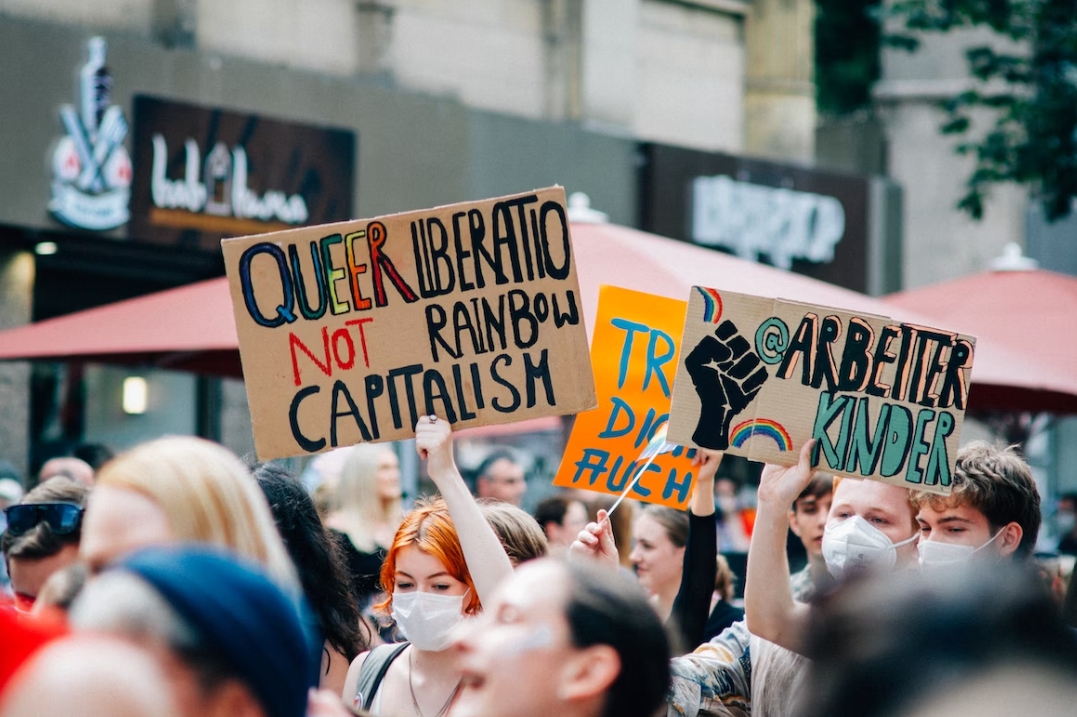The silent treatment is a well-known form of emotional withdrawal that involves intentionally ignoring or refusing to engage in communication with someone. It is a passive-aggressive behavior that can cause significant emotional distress to the recipient. The psychology behind the silent treatment reveals deep-rooted motivations and patterns of behavior that contribute to its use in various situations, especially after a fight. In this article, we will explore ten essential facts about the psychology behind the silent treatment.
Psychology Behind Silent Treatment
If he or she is giving you silent treatment, here are all the facts you must know on Psychology Behind Silent Treatment:
1. Silent Treatment as a Control Mechanism
The psychology behind silent treatment often involves a desire for control. By choosing to remain silent, individuals attempt to exert power over the other person, manipulating the dynamics of the relationship. The silent treatment is often used as a control mechanism in relationships.
By deliberately withdrawing communication, individuals seek to exert power over others and manipulate the dynamics of the relationship. This passive-aggressive behavior allows the person implementing it to punish or gain an upper hand in conflicts, fostering a sense of control. The silent treatment can be used as a way to punish or gain the upper hand in conflicts or disagreements.
However, the silent treatment can lead to emotional distress, communication breakdown, and further exacerbate existing issues within the relationship.
2. Avoidance of Confrontation
One of the primary reasons people resort to the silent treatment after a fight is their fear of confrontation.
After a fight, individuals may resort to silence as a way to escape the emotional intensity of the situation. This withdrawal provides them with time to process their emotions and thoughts before engaging in communication. However, avoiding confrontation through the silent treatment can hinder conflict resolution and perpetuate underlying issues, potentially leading to further relationship strain and emotional distress.
Silence provides a temporary escape from the emotional intensity of the situation, allowing them time to process their feelings and thoughts before engaging in communication. However, this avoidance can also escalate conflicts and hinder effective resolution.
3. Emotional Regulation
The psychology behind the silent treatment can be a coping mechanism for individuals who struggle with emotional regulation.
The psychology behind silent treatment often relates to emotional regulation. When faced with overwhelming emotions during a fight, individuals may choose to remain silent to prevent saying hurtful things they might regret. While well-intentioned, this coping mechanism can lead to a breakdown in communication and hinder effective conflict resolution. It is essential to recognize the impact of emotional regulation on the silent treatment and explore healthier ways of addressing emotions within relationships.
When faced with overwhelming emotions during a fight, some people may choose to withdraw and remain silent to prevent saying hurtful things they might regret later. While this might be well-intentioned, it can lead to a breakdown in communication and exacerbate the underlying issues.
4. Insecurity and Fear of Rejection
At times, the silent treatment may be a result of deep-seated insecurities and a fear of rejection.
Insecurity and fear of rejection play a significant role in the psychology behind the silent treatment. After a fight, individuals may choose silence as a self-protective measure, attempting to shield themselves from further emotional harm. However, this behavior can perpetuate feelings of rejection and isolation in both parties and hinder open communication. Addressing these underlying insecurities is crucial for promoting healthier conflict resolution and fostering stronger, more secure relationships.
People who feel vulnerable after a fight might resort to silence as a self-protective measure, attempting to shield themselves from further emotional harm. However, this behavior can be damaging to both parties and further perpetuate feelings of rejection and isolation.
5. Power Imbalance in Relationships
In relationships where one person habitually uses the silent treatment after a fight, there may be an underlying power imbalance. The person employing this tactic may hold the belief that they can control the other person’s emotions and actions through their silence. This unhealthy dynamic can lead to emotional manipulation and codependency.
Recognizing and addressing these power imbalances is essential for promoting equality and open communication within relationships, fostering healthier and more balanced connections between individuals.
6. Learned Behavior
The psychology behind silent treatment often involves learned behavior. Individuals may have acquired this communication tactic from childhood experiences or by observing it in others. Growing up in an environment where the silent treatment was common can lead them to replicate this behavior in their adult relationships without fully understanding its impact. Recognizing the learned nature of this behavior can be the first step toward breaking the cycle and adopting healthier communication strategies in relationships.
The use of the silent treatment after a fight can be a learned behavior, often acquired from childhood experiences or observing it in others. If an individual grew up in an environment where the silent treatment was commonly used as a communication tactic, they may replicate this behavior in their adult relationships without fully understanding its impact.
7. Emotional Withdrawal as a Punishment
Silence can also be utilized as a form of punishment in relationships. After a fight, the person using the silent treatment may want to inflict emotional pain on the other person, making them feel guilty or remorseful for their actions. This punishment tactic aims to create an emotional response in the recipient, compelling them to make amends or seek forgiveness. However, it can create a toxic and harmful cycle in the relationship, hindering true resolution and emotional growth.
8. Communication Breakdown
The psychology behind silent treatment can lead to a severe breakdown in communication. When one party refuses to engage, it prevents open dialogue, empathy, and understanding. Both individuals become stuck in a cycle of frustration, resentment, and confusion, hindering any chance of resolving the original conflict.
9. Emotional Manipulation and Control
In some cases, the silent treatment after a fight can be a deliberate form of emotional manipulation and control. By withholding communication, the person implementing this tactic can keep the other person on edge and uncertain about the relationship’s status. When one person resorts to silence after a fight, it prevents open dialogue, empathy, and understanding. Both parties become trapped in a cycle of frustration, resentment, and confusion, which hinders any chance of resolving the original conflict. Addressing the communication breakdown and finding healthier ways to express emotions is essential for nurturing meaningful and constructive connections in relationships.
10. Impact on Mental Health
The psychology behind silent treatment reveals that it can have significant adverse effects on mental health. Both the giver and the receiver may experience increased stress, anxiety, and feelings of rejection. Prolonged use of the silent treatment can damage trust and intimacy, leading to long-term emotional scars and relationship breakdowns.
The psychology behind silent treatment after a fight is complex and multifaceted. It often involves a desire for control, fear of confrontation, emotional regulation difficulties, insecurity, and learned behaviors from past experiences. Additionally, it can highlight power imbalances, emotional manipulation, and a breakdown in communication. Understanding the underlying motivations and consequences of the silent treatment is crucial for promoting healthier and more effective communication in relationships. By fostering open dialogue, empathy, and respect, individuals can work towards resolving conflicts and building stronger connections with their partners or loved ones and define psychology behind silent treatment in a refined manner.




